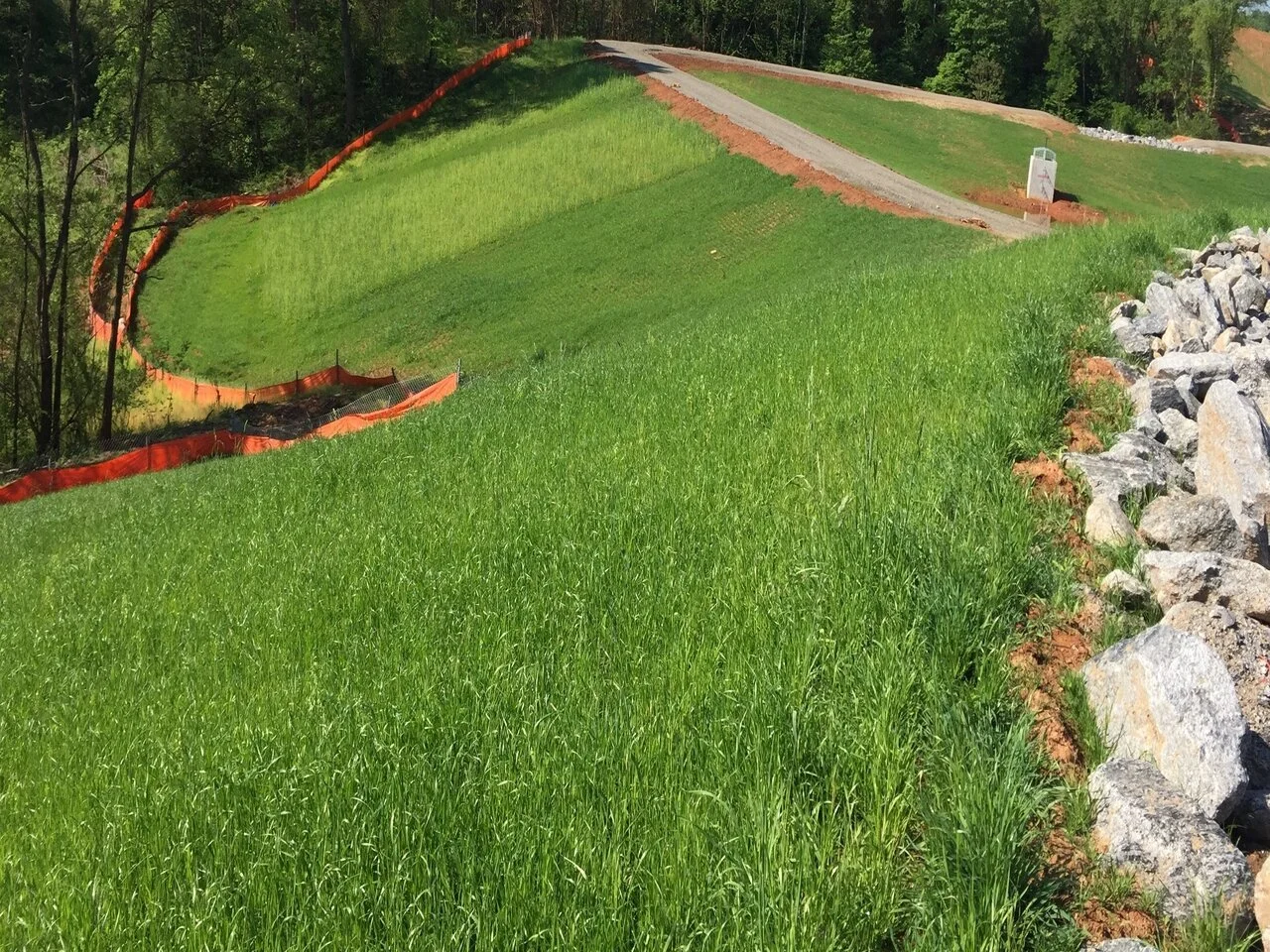Understanding Reclamation Seed Mixes for Job Sites: Key Insights and Best Practices
Reclamation seed mixes play a crucial role in restoring disturbed or degraded job sites, particularly in industries like construction, mining, and renewable energy. These mixes are specially formulated to stabilize the soil, prevent erosion, and re-establish native vegetation, which helps in creating a sustainable and resilient ecosystem.
Why Reclamation Seed Mixes are Essential
Reclamation seed mixes are designed to address the unique challenges of disturbed soils on job sites. These areas often lack the natural vegetation necessary to protect the soil, leading to increased erosion, loss of nutrients, and the proliferation of invasive species. By selecting the right seed blend, project managers can ensure that the site is not only stabilized but also restored to a state that supports long-term environmental health.
Choosing the Right Seed Mix
The selection of a reclamation seed mix should be tailored to the specific conditions of the job site, including soil type, climate, and the desired vegetation outcome. For instance, blends that include both warm and cool-season grasses can offer year-round coverage, while nurse crops like millet or rye can help protect young seedlings by providing temporary shade and reducing erosion.
At ECS, products like the soilDEFENDER Reclamation Mix are formulated to offer optimal soil stabilization while promoting rapid vegetation establishment. This mix is particularly effective for areas that require immediate soil cover and long-term ecological restoration.
Best Practices for Successful Reclamation
Site Preparation: Proper site preparation is critical. This includes removing any existing vegetation and ensuring the soil is tested for necessary amendments. Adding phosphorus and potassium can enhance seed germination and growth.
Timing and Method of Planting: Although ideal planting times can vary, reclamation projects often require flexibility. Utilizing cover or nurse crops can help stabilize the soil if the primary planting must occur outside of the optimal season.
Soil Amendments and Irrigation: While many reclamation projects do not require irrigation, providing supplemental water during the early stages can significantly boost the success rate of the seed establishment.
Pest Management: Protecting young plants from grazing animals and insects is essential. Implementing pest control measures early can prevent the loss of seedlings and ensure a more robust vegetative cover.
By following these best practices, job sites can transition from barren, disturbed land to thriving, resilient ecosystems that not only meet regulatory requirements but also contribute to the overall environmental health of the area.
For more information on selecting the right reclamation seed mix for your project, visit the ECS soilDEFENDER Reclamation Mix page or consult with one of our experts who can help tailor a solution to your specific needs.

